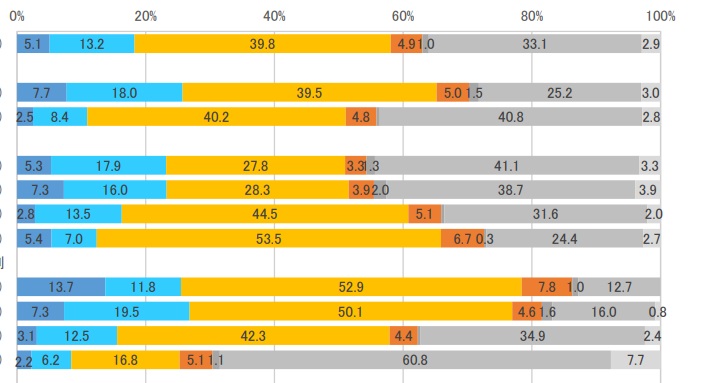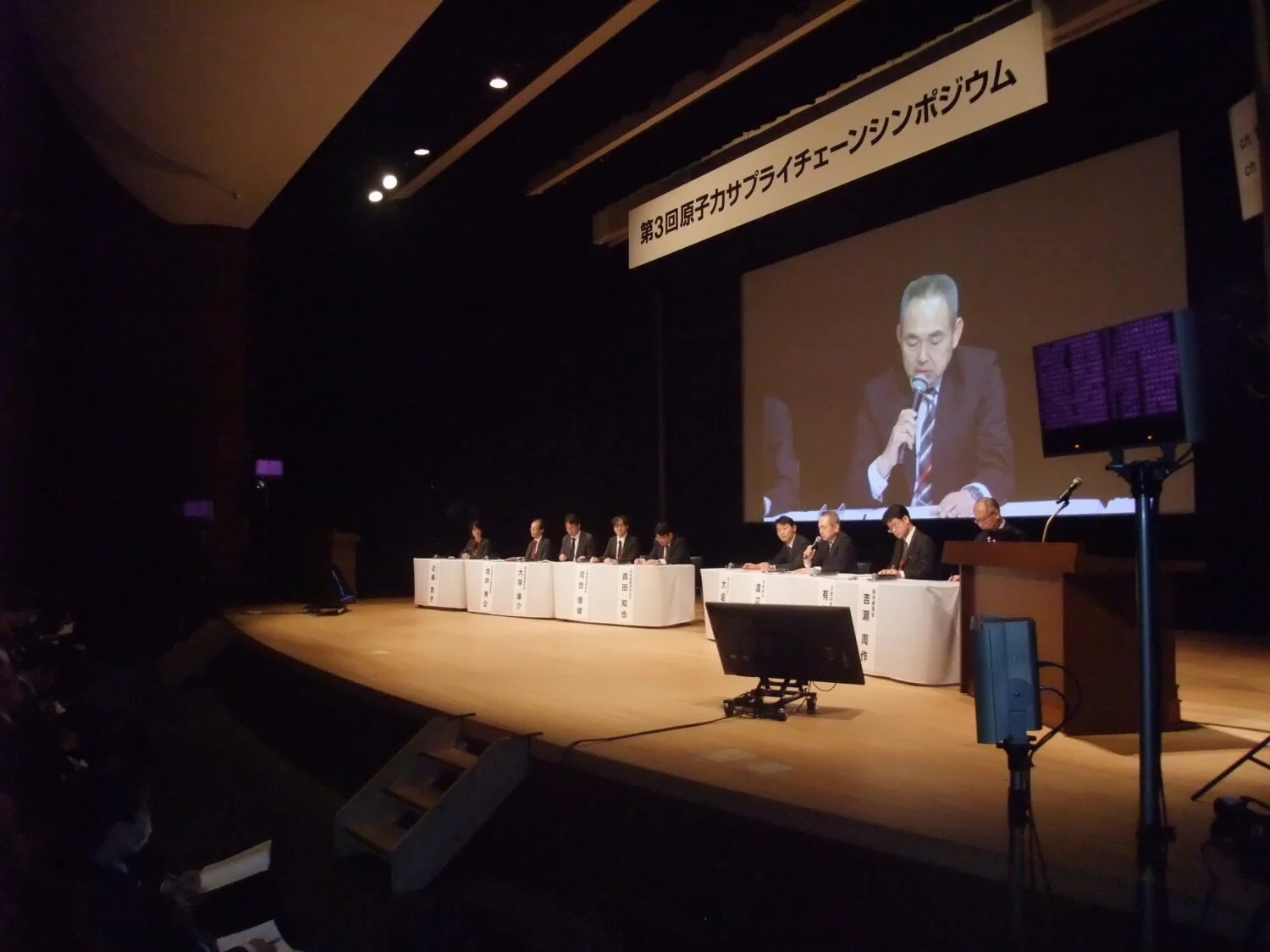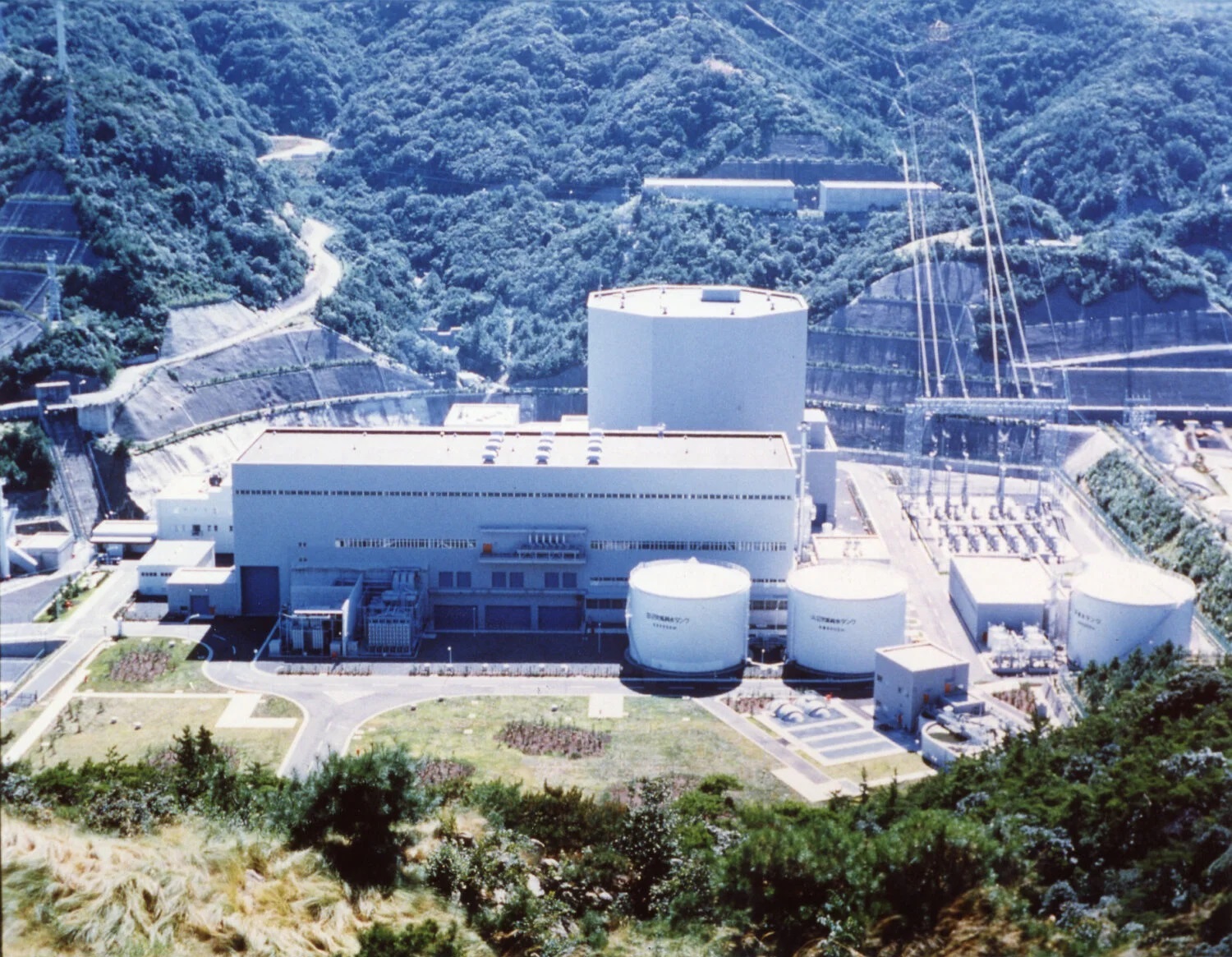The measurement of radiation at interim storage facilities for removed soil is conducted by means of monitoring posts, fixed-point observations, and investigations by foot patrols. No technologies have been established to measure extensive areas. Obayashi recognized both that and the need to reduce exposure and save labor in the face of labor shortages.
Through demonstration testing at a field site (Okuma Section 3 Soil Storage Facility), improvements and labor savings were achieved in technology to measure radiation and identify spots where radiation is higher.
Obayashi has developed a measuring gate with Mirion Technologies (Canberra) KK, a radiation measuring equipment manufacturer. The gate can measure radioactive concentrations in flexible containers (flecon, used for storing decontaminated waste) without unloading them from vehicles.
At the interim storage facility where the demonstration testing was conducted, soil from decontamination work was covered with earth. Using a drone and Spot, combined with a mounted detector and a lead shield, a series of investigations were conducted to determine if any local areas had a highly radioactive soil surface. The drone measured a wide area quickly, while Spot―the autonomous four-legged walking robot―identified abnormalities in more detail and was also able to go into a building where the drone could not.
As part of the testing, radioactive sources of 1MBq were placed on the surface within the site. After being deployed, the drone and Spot identified the radioactive peak six times, proving that they can detect quite small levels of radiation.
Obayashi expects the technology to be useful not only for reducing volumes and recycling removed soil at interim storage facilities, but also for monitoring surrounding areas and the interiors of structures at decommissioning sites, and inspecting sites after radioactive waste is buried underground. The testing confirmed that the system is effective inspecting even narrow areas in detail.
Spot, the walking robot, functioned at an effective speed of about 4,500 m2 per hour―about four times more efficient than human walking measurements (about 1,100 m2 per hour per person). If a drone is used routinely over extensive areas, a coverage of about 40,000 m2 per hour can be expected. Ripple effects into other areas should follow.














-1.png)













